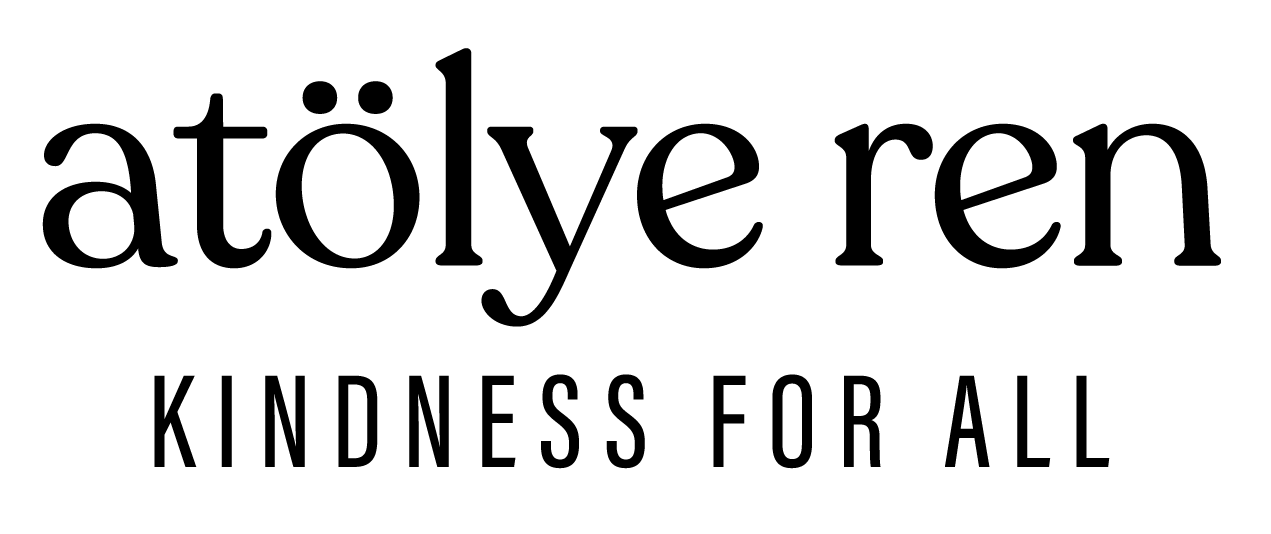Roksan Susan Dress, Navy ile


Roksan Susan Dress, Navy ile
stories no.13
Roksan Sarfati
#döngü
Roksan, hızlı moda endüstrisinin karşısında atık kumaşları ileri dönüşüm yolu ile değerlendirerek sürdürülebilir ve yavaş moda dinamikleri ile üretim yapan ‘’Máh-roc’’un kurucusu. Hem dünyanın farklı köşelerindeki yerel halklar ile çalışıp onların hayatlarına dokunarak hem de doğaya saygıyla bağlanıp onunla bir olmanın anlamlı bir olasılık olduğunu öğütleyerek bizlere ilham olan Roksan ile ‘’döngü’’ üzerine bir sohbet gerçekleştirdik.
Roksan, hızlı moda endüstrisinin karşısında atık kumaşları ileri dönüşüm yolu ile değerlendirerek sürdürülebilir ve yavaş moda dinamikleri ile üretim yapan ‘’Máh-roc’’un kurucusu. Hem dünyanın farklı köşelerindeki yerel halklar ile çalışıp onların hayatlarına dokunarak hem de doğaya saygıyla bağlanıp onunla bir olmanın anlamlı bir olasılık olduğunu öğütleyerek bizlere ilham olan Roksan ile ‘’döngü’’ üzerine bir sohbet gerçekleştirdik.
S. Gözden çıkarılmış kıymetli bir malzemenin eski yaşanmışlıklarını da üzerinde taşıyarak, yeni bir hikâyenin kahramanı haline dönüşmesini görmek size ne hissettiriyor?
Yeniden doğmayı 🙂
S. Neden ileri dönüşüm? İleri dönüşüm yapmanızın altındaki temel motivasyon nedir?
Çünkü eğer bugün bir şeyleri onarmazsak yarına devam edemeyebiliriz. Var olan malzeme o kadar fazla ve değerli ki dünyanın yenilerini üretmesine gerek yok. En büyük motivasyonum doğaya olan saygım.
S. Kullanacağınız materyale nasıl karar verdiniz?
Birden fazla materyal kullanıyoruz. Her sezon değişiyor. Atılan kumaşları topladıktan sonra hangisini nerede kullanacağımıza göre ayırıp öyle kullanıyoruz. Bazıları koleksiyonun ana parçası haline gelirken bazılarını ise sadece paketlemede kullanıyoruz.
S. İleri dönüşüm sürecinde en zorlayıcı şeyler neler?
İlk başta, bunun bir felsefe ve yapmamız gereken bir hareket olduğunu açıklayıp ürünlerimizin değerini anlatmak zordu. Fakat en zoru kumaşçıların ve üreticilerin malzemelerini çöpe atmasını engellemek. Atılan malzemenin bir başkası tarafından kullanılacağına inandırmak.
Röportaj : Deniz Saygı
S. Gözden çıkarılmış kıymetli bir malzemenin eski yaşanmışlıklarını da üzerinde taşıyarak, yeni bir hikâyenin kahramanı haline dönüşmesini görmek size ne hissettiriyor?
Yeniden doğmayı 🙂
S. Neden ileri dönüşüm? İleri dönüşüm yapmanızın altındaki temel motivasyon nedir?
Çünkü eğer bugün bir şeyleri onarmazsak yarına devam edemeyebiliriz. Var olan malzeme o kadar fazla ve değerli ki dünyanın yenilerini üretmesine gerek yok. En büyük motivasyonum doğaya olan saygım.
S. Kullanacağınız materyale nasıl karar verdiniz?
Birden fazla materyal kullanıyoruz. Her sezon değişiyor. Atılan kumaşları topladıktan sonra hangisini nerede kullanacağımıza göre ayırıp öyle kullanıyoruz. Bazıları koleksiyonun ana parçası haline gelirken bazılarını ise sadece paketlemede kullanıyoruz.
S. İleri dönüşüm sürecinde en zorlayıcı şeyler neler?
İlk başta, bunun bir felsefe ve yapmamız gereken bir hareket olduğunu açıklayıp ürünlerimizin değerini anlatmak zordu. Fakat en zoru kumaşçıların ve üreticilerin malzemelerini çöpe atmasını engellemek. Atılan malzemenin bir başkası tarafından kullanılacağına inandırmak.
Röportaj : Deniz Saygı

